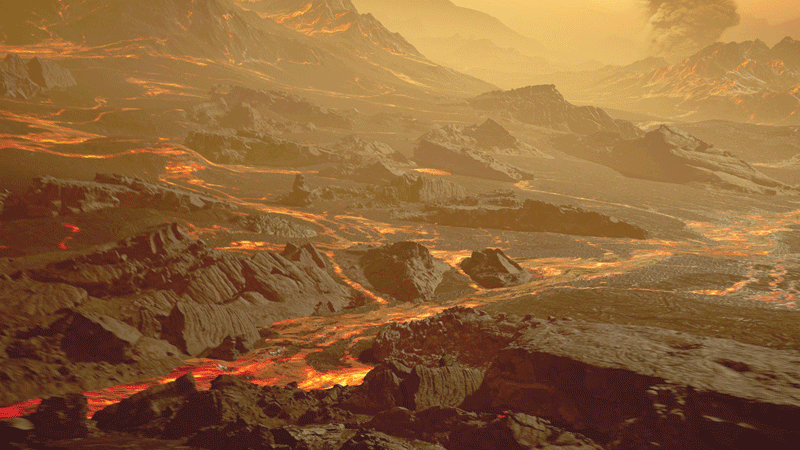

WASHINGTON: Scientists have spotted a planet orbiting a star relatively near our solar system that may offer a prime opportunity to study the atmosphere of a rocky Earth-like alien world — the type of research that could aid the hunt for extraterrestrial life.
The researchers said on Thursday the planet, called Gliese 486 b and classified as a ‘super-Earth,’ is not itself a promising candidate as a refuge for life. It is thought to be inhospitable — hot and dry like Venus, with possible rivers of lava flowing on its surface.
But its proximity to Earth and its physical traits make it well suited for a study of its atmosphere with the next generation of space-borne and ground-based telescopes, starting with the James Webb Space Telescope that Nasa has slated for an October launch. These could give scientists data to be able to decipher the atmospheres of other exoplanets — planets beyond our solar system — including ones that may host life.
“We say that Gliese 486 b will instantaneously become the Rosetta Stone of exoplanetology — at least for Earth-like planets,” said astrophysicist and study co-author José Caballero of Centro de Astrobiología in Spain, referring to the ancient stone slab that helped experts decipher Egyptian hieroglyphs.
Scientists have discovered more than 4,300 exoplanets. Some have been large gas planets akin to Jupiter. Others have been smaller, rocky Earth-like worlds, the kind considered candidates for harbouring life, but currently available scientific instruments tell us little about their atmospheres.
“The exoplanet must have the right physical and orbital configuration to be suitable for atmospheric investigation,” said planetary scientist Trifon Trifonov of the Max Planck Institute for Astronomy in Germany, lead author of the research published in the journal Science.
A ‘super-Earth’ is an exoplanet with a mass greater than our planet but considerably less than our solar system’s ice giants Uranus and Neptune. Gliese 486 b’s mass is 2.8 times Earth’s. — Reuters
Oman Observer is now on the WhatsApp channel. Click here



